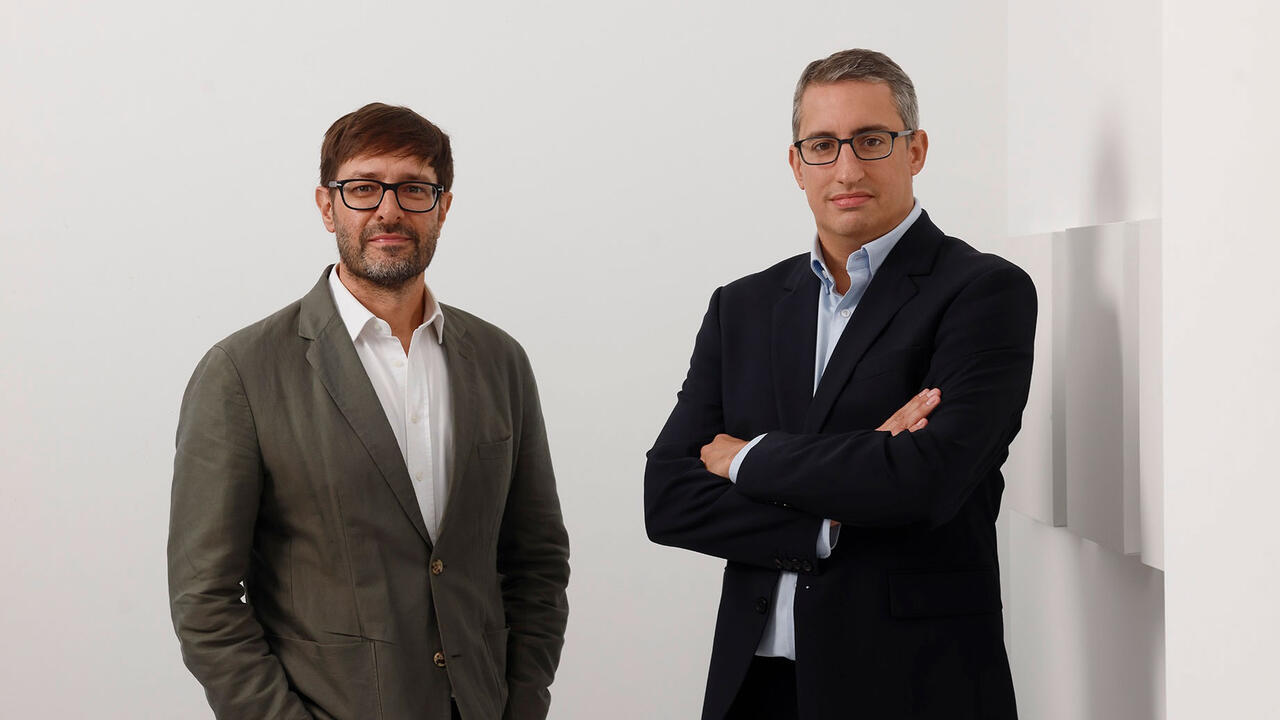Eberhard Havekost
Art using electronic media is constantly compelled to redefine itself in the face of rapid technological development. This would seem to make painting, part of a long tradition, feel all the more outmoded. But if it can free itself from illusions about what it should be, painting is more suitable than any other medium for designing hybrid images and for recording the effect of the electronic media on current image production. The digitisation of photography and video reduces images to the same logic of pictorial process: even a moving image becomes static at the moment of its digital transformation. And digital imaging is dependent on the same subjective decisions as paintings. In both, an enormous number of effects are based on a limited number of operations. But whereas digital devices erase any trace of process - or delegate it to the viewer interactively - these always remain recognisable in painting.
The title of Eberhard Havekost's exhibition, 'Fenster-Fenster' (Window-Window) refers to the old paradigm of the picture as an illusionistic window. But the show is not a nostalgic celebration of the craft of painting. Nor does he paint, like Gerhard Richter, from photographs or television images, video stills or computer-generated virtual worlds. The link with other media lies simply in the experience of digital picture production, in which every single pixel can be controlled independently. Painting has been able to do this for a long time but it was not until digital image-processing came along that we could see pictures broken down into autonomous particles.
Havekost represents modern buildings - suburban facades, details of undistinguished residential blocks - with a cool palette of pure, matt colours, applied in a manner reminiscent of David Hockney. Changes of light and shade take place within the same homogeneous zone, and look as if they are presented on a monitor. Window-boxes, a red accent on net curtains, become events in a composition that avoids drama, except for alterations in perspective and individual zoom effects. Windows and balconies are reminiscent not so much of suburban anonymity as of serial divisions in abstract composition. Drainpipes or protruding facades introduce vertical cuts in the rectangular arrangements, synthesised as a series of ruptures. The unity of the image is interrupted by the kind of blurring caused by a filmic pan or deliberate imperfections. In Havekost's work, figuration and abstraction, construction or gesture are all possibilities.
This inconsistency is also evident among the elements in Havekost's series of film-like images of figures, which may superficially appear as sequences, but are deprived of narrative sense by the way they are arranged. This occurs again in works such as the two-part PC1/PC2 (1998), which shows a male face before and after plastic surgery, the latter displaying scant signs of visible medical success. Cosmetic surgery attempts to simulate a beautiful appearance using the living organism, and on his part, Havekost risks performing a post-mortem on simulated surfaces before they have been completely absorbed into the visual culture.
Translated by Michael Robinson
















